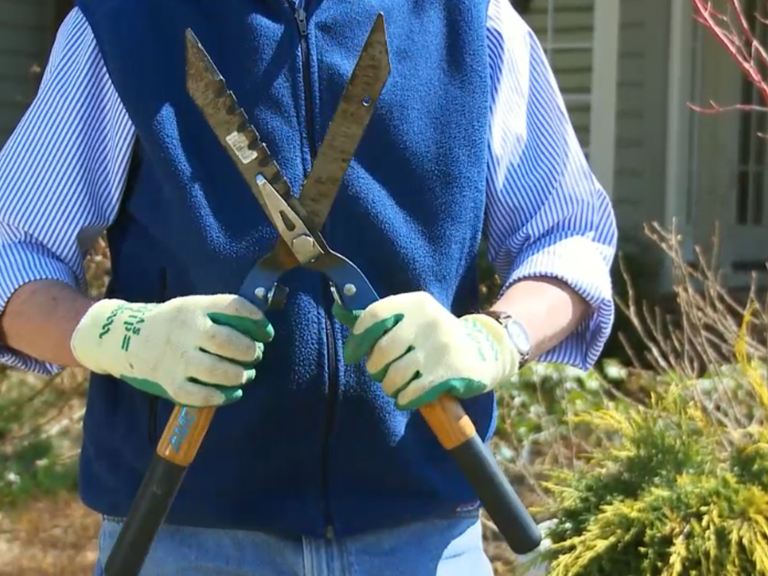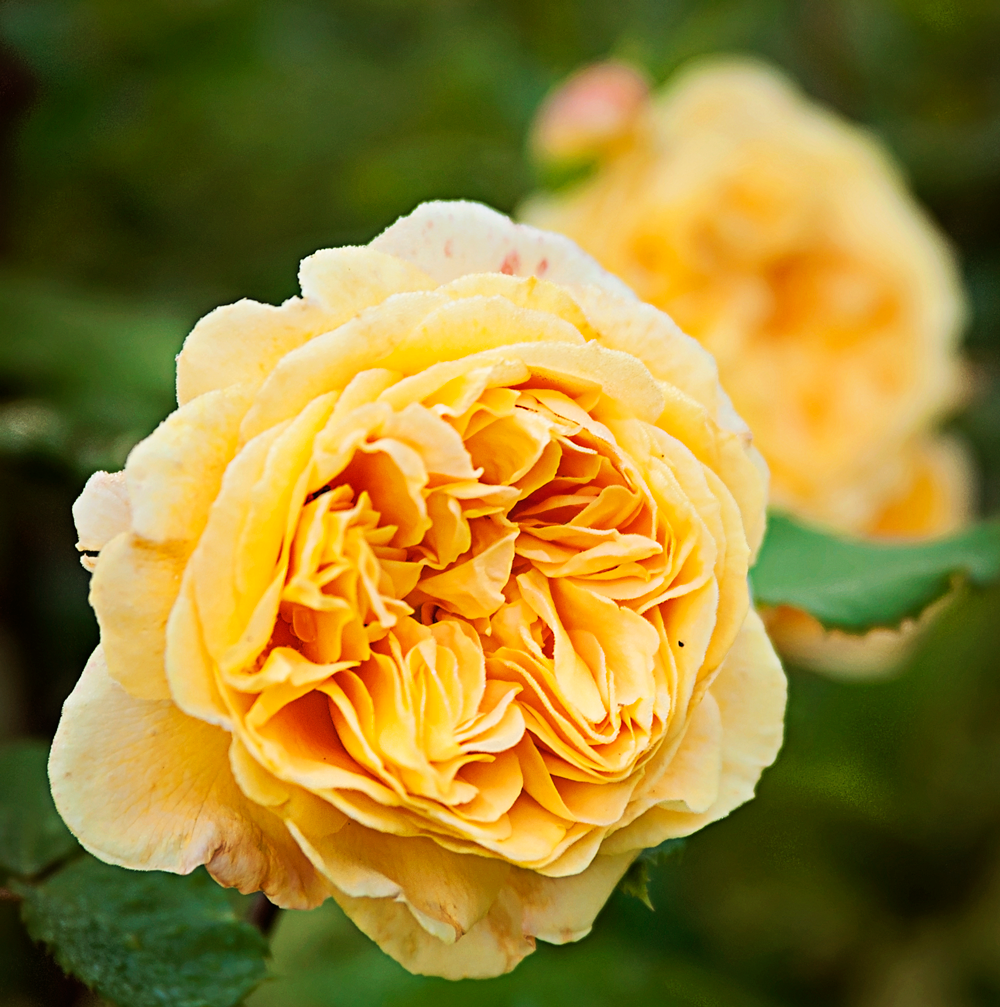It’s raining. I’m at the library getting children’s books to occupy a young granddaughter. All innocent enough. Suddenly I feel a powerful force drawing me to a book display of gardening books. Never mind that I don’t have a garden this Spring. Never mind that I don’t have a yard yet. I leave with an armful of books; kids stories and a pile of gardening books. Husband rolls his eyes. Why read gardening books now? Because it’s Spring and if I can’t dig, at least I can learn things to prepare for when I can. It’s called Hope. And it’s smart to consult professionals from time to time to fine tune my gardening skills. I enjoy reading gardening ideas from the organic side of horticulture, so you can imagine my delight upon finding a no-nonsense book based on organic principles called “No Work Garden”. Yes, I admit it did appeal to my lazy side.
Just in case you can’t get your (dirty) hands on this book, I’d like to share the following hints from Bob Flowerdew which can be found with greater detail in his book, “No Work Garden”. It is written for British gardeners, but most of it is appropriate for North America, especially for the northern US and the Northwest.

Before putting weeds that have flowers or seeds in the compost pile, cut off the seed head and roots if the weed spreads via roots and drown in a bucket of rainwater. Toss the leaves and stalks into the compost and allow the seeds and roots to remain in the water for several weeks. Pour the water and the seeds on the compost pile when water becomes smelly.

Clean garden pruners with disposable wipes to kill bacteria.
Cut flowers in a vase stay beautiful longer with a little sugar, bleach and citric acid in the water, or just change the water every day. Don’t forget to cut the stems to different lengths for a more appealing arrangement.
Fertilize your lawn with organic fertilizer with slow release nitrogen when the forsythia blooms. Forsythia blooms when the ground temperature hits 55 degrees F which is also the wake-up call for weeds to start growing in your lawn. By applying fertilizer, your lawn will get necessary nutrients and grow robustly to crowd out weeds.
White c-shaped grubs, which are the larvae of beetles and feed on your grass roots, not only can kill your grass, but are the favorite snack of moles, raccoons, and skunks who wreck havoc when they dig for grub snacks. Once yearly application of milky spore for several years running should, over time, rid your grass roots of the larvae.
When in the market for hand pruners, Felco, a Swiss company, gets the best reviews. They offer pruners suitable for different hand sizes. For small hands, their model F160S makes it easy to open and lock as well as cut. For medium and large hands, their F2 model has been a favorite of professionals for 50 years.

Prune roses with hedge shears at waist height instead of cutting back to only a few stalks close to the ground. This will produce more abundant blooms for a longer season. The bushes will resist black spot better because the young growth isn’t so close to the ground where spores from last year’s black spot splash up on them. Add manure when the leaves fall so any diseased leaves are covered and leave the roses waist high. You won’t have long stemmed roses or quite as large blooms, but they won’t need chemical fertilizers and pesticides because they’re not stressed by radical pruning.

If you have climbing roses, you don’t need to prune at all most years. Simply use the old shoots as structure to weave the new shoots back into. Birds will love the hiding places to safely nest. Every few years cut out any decaying limbs.
Roses like cool roots, so underplanting them with ground covers such as Lady’s Mantle, lemon balm, and violets cover the less attractive rose stems and make the roses happier.
You can plant sweet corn, climbing beans and squashes in the same hole. The beans will climb the corn and the squashes will grow beneath.

The last is a hint I got from a dear friend who always has a lovely yard and gardens. Thanks, Gloria!
Better to do gardening tasks in short spurts each day than to try to do it all on one day. A long day of weeding, mowing, trimming, and watering makes it feel like hard work, whereas 15 minutes here and there a couple of times a day make it feel like a diversion. Make it your habit to pull weeds in a flower bed beside the sidewalk on the way to check the mail; to deadhead a few flowers when you come home; and to water as a relaxing way to take a break from other duties.